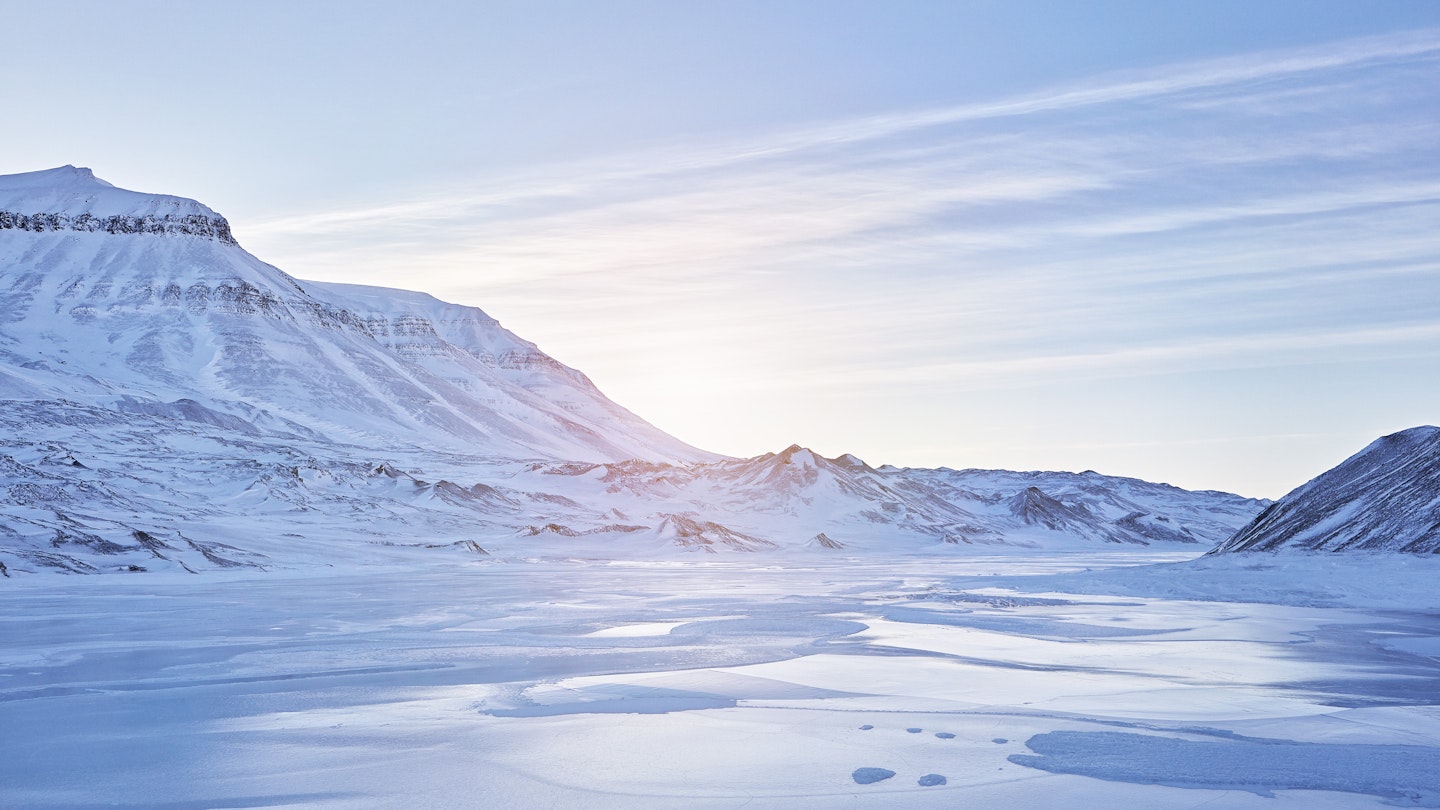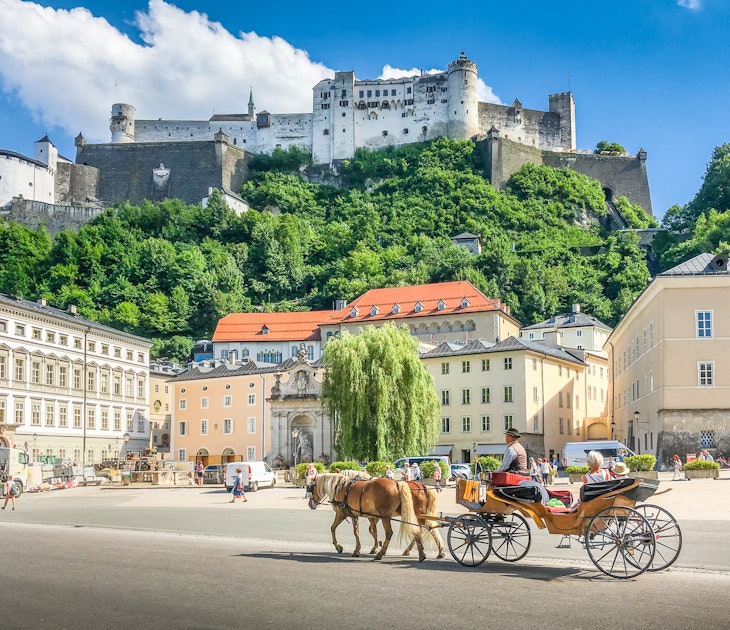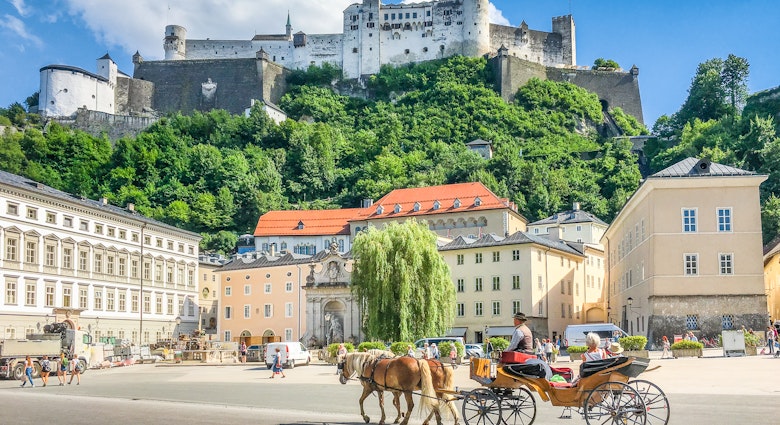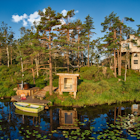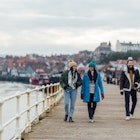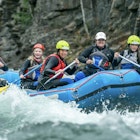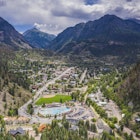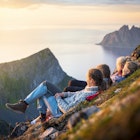With so much of the world inaccessible right now, we’re taking a look through our archive of travel writing to revisit our past trips and to look at how Lonely Planet has spent decades exploring the world in the hope of better understanding it. In this piece from 2017, Amanda Canning joins three centuries of adventurers and fortune-hunters by traveling to Svalbard and, like them, experiences the Arctic wilderness in its purest form.
"No, the Arctic does not yield its secret for the price of a ship’s ticket. You must live through the long night, the storms, and the destruction of human pride. You must have gazed on the deadness of all things to grasp their livingness. In the return of the light, in the magic of the ice, in the life-rhythm of the animals observed in the wilderness, in the natural laws of all being, revealed here in their completeness, lies the secret of the Arctic and the overpowering beauty of its lands."
-Christiane Ritter, A Woman in the Polar Night (1938)
"Leave everything as it is and follow me to the Arctic."
-Hermann Ritter, in a letter to his wife
One roasting July day in 1934, dressed in a ski suit and hobnail boots, Christiane Ritter bid farewell to her family and servants, stepped off the dock at Hamburg and boarded a ship bound for the top of the world. She had an appointment to keep with her husband.
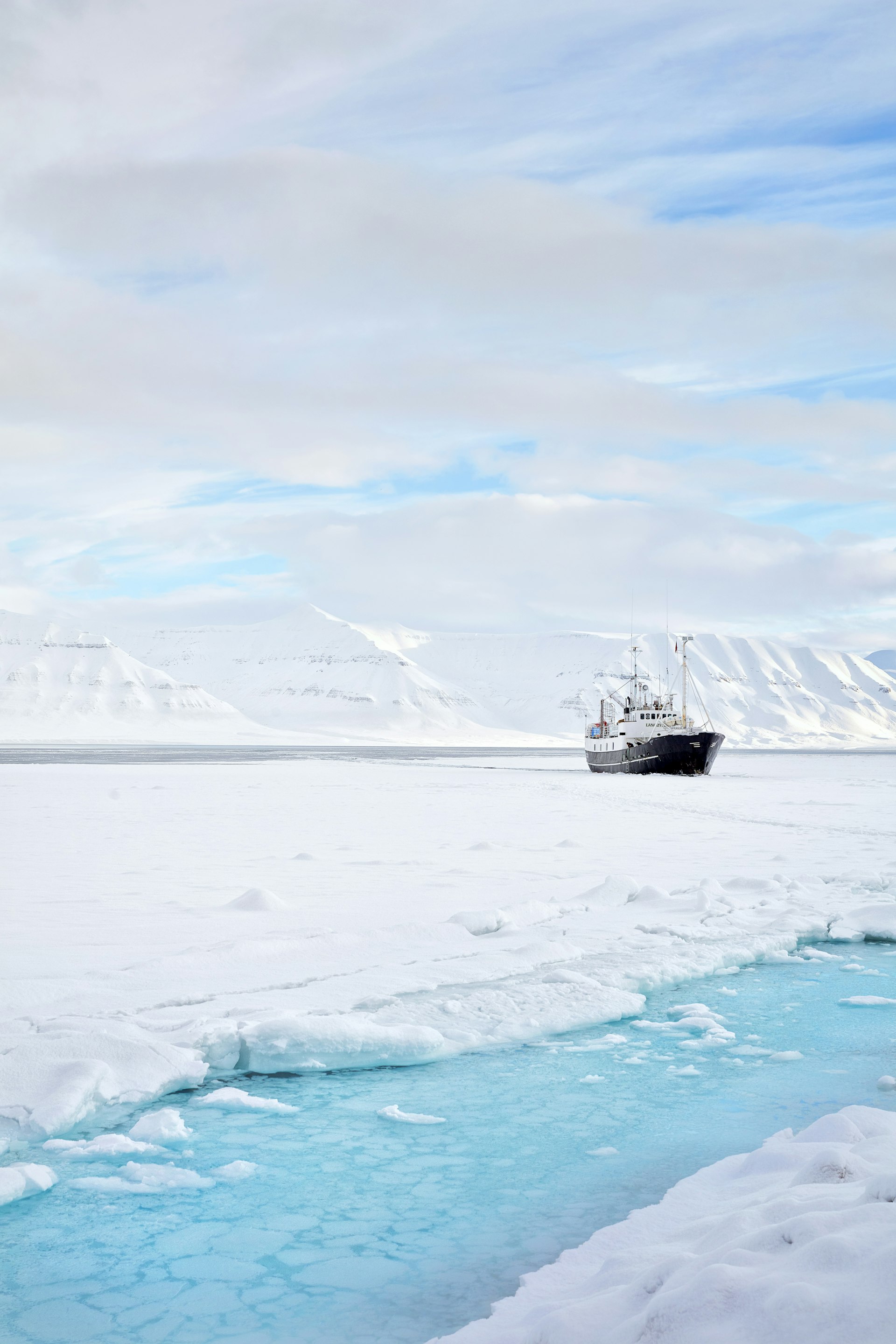
For the past three years, Hermann Ritter had lived as a fur-trapper in Svalbard, a group of Norwegian islands that, in all regards, lie a great deal closer to the North Pole than to the couple’s comfortable home in Vienna. Christiane's voyage to him would take several weeks, but at the end was the prospect of a homely cabin, and days spent reading, writing and painting, snug and safe by the fire.
The journey today is somewhat less challenging, though the first sight of Svalbard is likely unchanged since Christiane’s day. The view from the plane, three hours after leaving Oslo, is of an endless white, with triangular white peaks rising above broad white valleys all the way to the horizon. There is no sign of human life, nor even a patch of land where human life might reasonably support itself.
But still humans came. The heady whiff of money, catching in the nostrils of the brave and gung-ho across Europe, first lured them here. Since Willem Barents discovered the archipelago in his search for a northern sea passage to China in the 16th century, sailors had returned home full of tales of a polar Eden, whose lands teemed with polar bear, Arctic fox and reindeer, and where a man only need dangle an arm into the sea to pull out a seal or walrus. It prompted a rush of hunting expeditions so successful that the waters were cleared of the Greenland right whale in a matter of decades.
By the time Christiane disembarked her boat at King’s Bay on the island of Spitsbergen, Svalbard’s appeal had shifted: the prize no longer lay solely in the furs destined for the salons of Paris, Berlin and London, but in the adventure to be had along the way.
"'Yes, but I’m not going to let myself be caught by the island, like you’ve all been caught,' I say defiantly.
'Oh, you’ll be caught, too,' the Norwegian says, softly but with conviction."
-Christiane Ritter, A Woman in the Polar Night (1938)
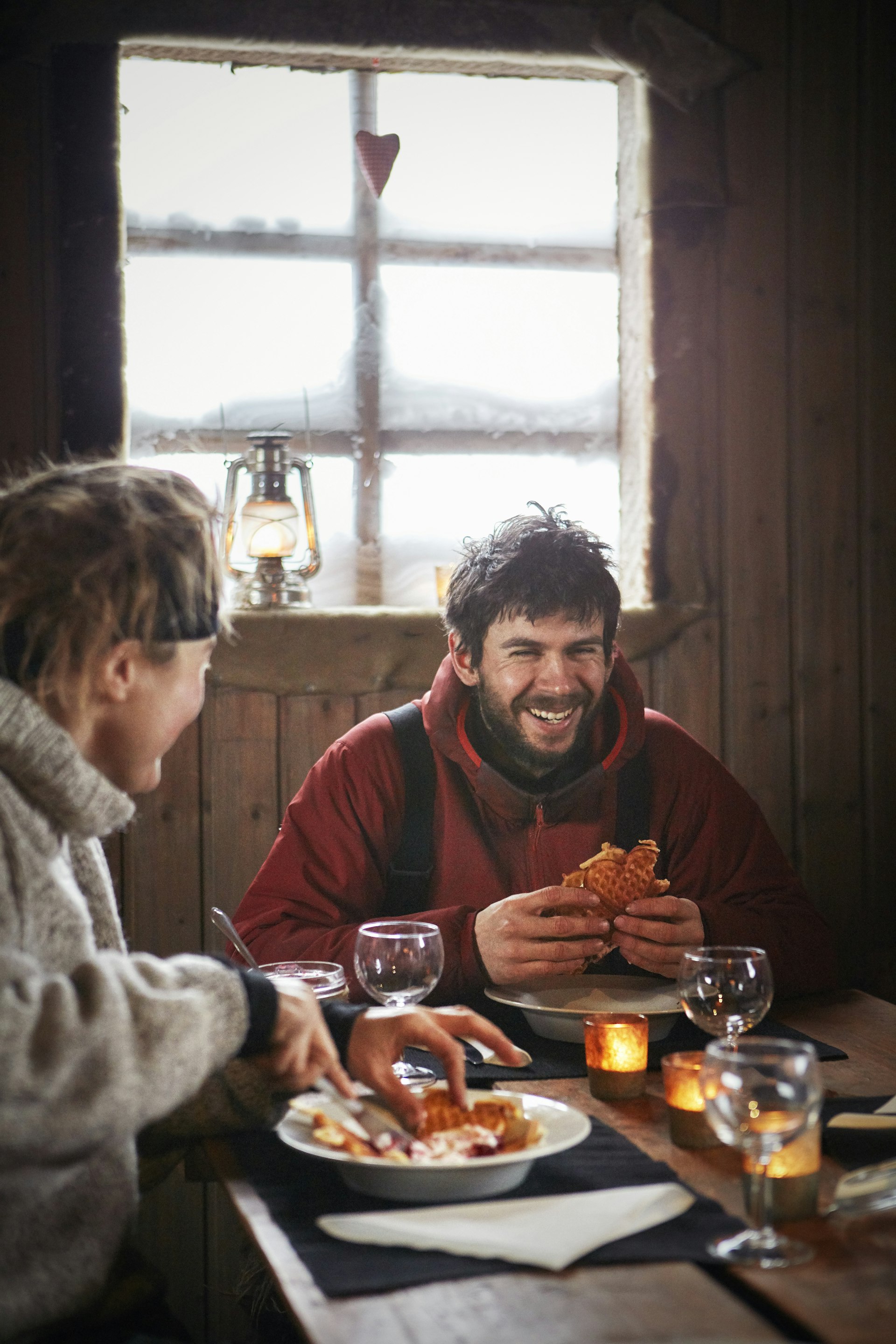
"I was not planning to come to Svalbard," says Piotr Damski, closing the door to the wind thrashing about outside, his boots leaving a trail of snow on the rough floorboards of the cabin. "I was meant to go to Panama, scuba-diving, but I was offered a job here and changed my mind."
Working as a dog-handler and sledding guide at the Trapper’s Station six miles outside the capital Longyearbyen, Polish Piotr responded to the same impulse that carried in Christiane Ritter: the irrefutable call of the Arctic. The station is a recreation of an original cabin, built from driftwood and lined with felt. It’s a convivial place, with hides on the benches, lanterns in the windows and its wonky dining table often submerged beneath plates of reindeer stew and waffles, in feasts designed to dispel the worst of winter.
It was rarely so pleasant for the trappers. Many died from scurvy, starved from poor hunting, disappeared into crevasses in the ice, or were attacked by polar bears. Others, worn down by the unending cold, dark and solitude, succumbed to "ishavet kaller" ("the Arctic calls") – an irresistible urge to walk into the ocean and sink beneath the waves.
Christiane, in a frozen, leaking cabin many days’ travel from any other human, often felt the presence of a phantom rising noiselessly from the bay behind the hut, come to drag her back down the shore. The 12 months she spent on Svalbard, grappling with the polar night and prolonged hunger, were not quite what she had in mind when she packed her trunks in Vienna.
"It’s harsh. It’s a constant struggle," says Piotr as he pours us cups of coffee, his breath forming clouds in the air despite his proximity to the station’s hissing stove. "But I like that whatever happens here, I can rely only on myself. The best experience is to test your limits, to be out in the wilderness and out in nature."
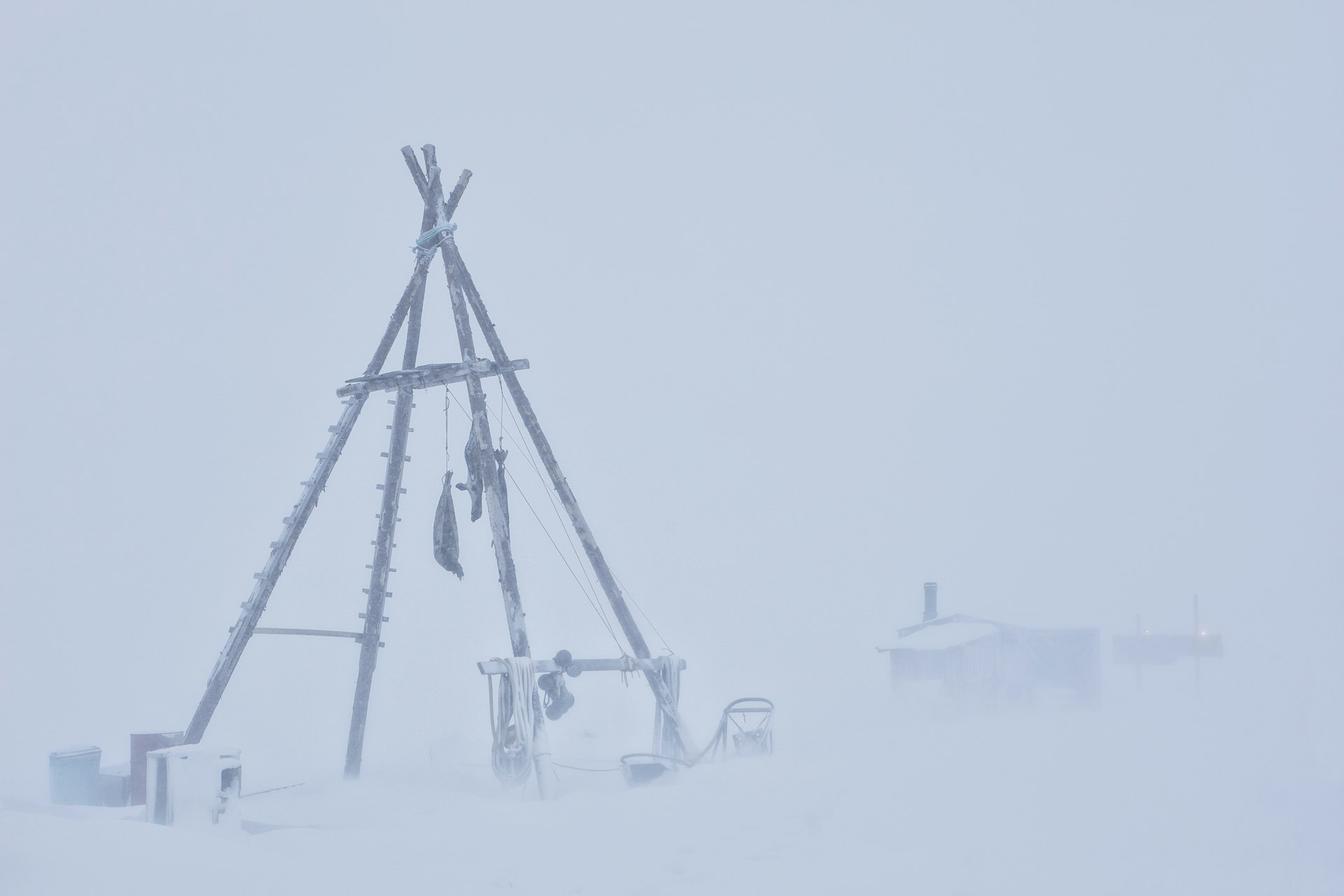
Outside, snow piles up against the windows and races in gusts around the yard. Three seal carcasses swing from a wooden A-frame, a sort of macabre Wild West warning to other seals that might pass this way. Once dried, they’ll be divided between the 100 dogs that live and work at the station, taking visitors on short scoots in the surrounding hills, or on expeditions lasting several days.
As Piotr leads a stout Greenland husky to a sled and drops him into a harness, a merry hell is unleashed around us. Dogs strain at their chains, leap to the top of their kennels to better observe proceedings, and set about in a tremendous fit of howling, yipping and yelping.
They are keen to get out. "In the trappers’ days," says Piotr, checking the reins of the final dog on his team, "the dogs were everything: their only friend, their transport, a warning system for polar bears. It’s the same now – when you are out, you put all your trust in them to bring you home again."

Beyond the gates of the yard, as a snowstorm builds, there is nothing for the eyes to cling to, just a vast blinding emptiness of sky and land, and no distinction between the two.
"Look at it," says Piotr cheerfully. "You get the feeling humans really were not meant to be here." With that, he releases the brake. The sled lurches, and the dogs and he are off and out, rattling into the valley.
"Then comes unpeopled land. The whole day through, mountains, glaciers, blue rocks, white ice."
-Christiane Ritter, A Woman in the Polar Night (1938)
Nils Ingvar Egeland is from southern Norway. He has pale blue eyes, a ginger beard, and a tall frame wrapped in a brown woolen jumper and ski trousers held up with braces. He also has the type of handshake that can break bones. With a varied employment history that includes both trawlerman and Greenlandic trapper, he is just the sort of person you’d like in front of you on a 140-mile trip through the Arctic on a snowmobile.
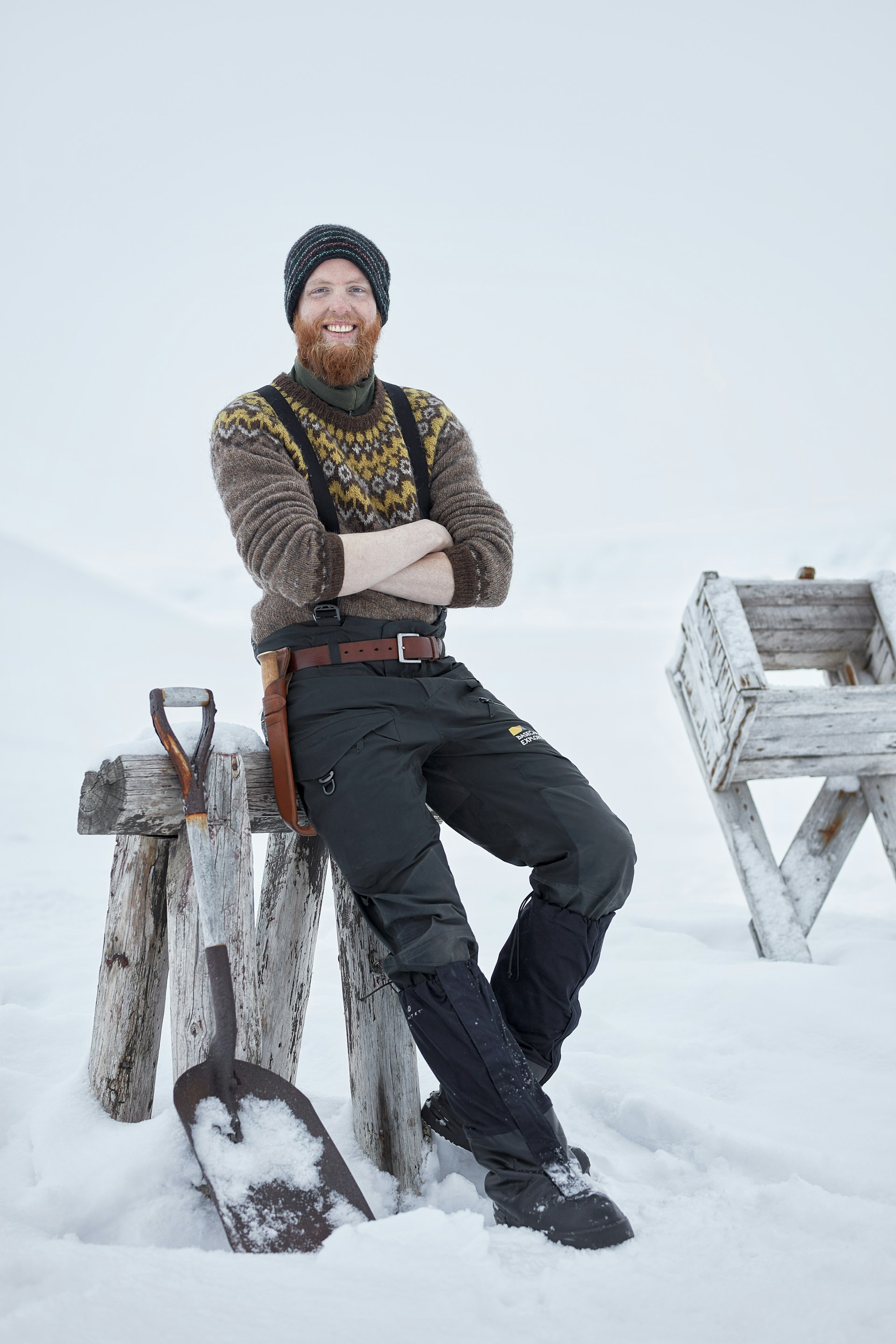
The storms of the previous days have cleared. The sun, which has recently appeared to the winter-weary inhabitants of Longyearbyen for the first time in five months, is shining. Svalbard is suddenly revealed – and it is golden, gilt-edged and dazzling. We travel through a broad glacial basin, mountains swooping up on either side, their peaks crisp against the bluest of blue skies.
At the top of one mountain range, another impossibly wide valley spreads out before us, and beyond that, further mountains, further valleys.
We bump over the ridges and hollows of a frozen river delta towards tiny dots that eventually form into Svalbard reindeer, a peculiar, short-legged variant on the mainland species that looks two parts Muppet to one part real animal. They paw at the snow to nibble at clumps of brown grass, hardly bothered by our presence.
"They are pretty tame," says Nils, slowing to a stop. "They haven’t yet learned that humans can be dangerous. They are marathon runners and polar bears are sprinters, so the bears don’t usually bother them either."
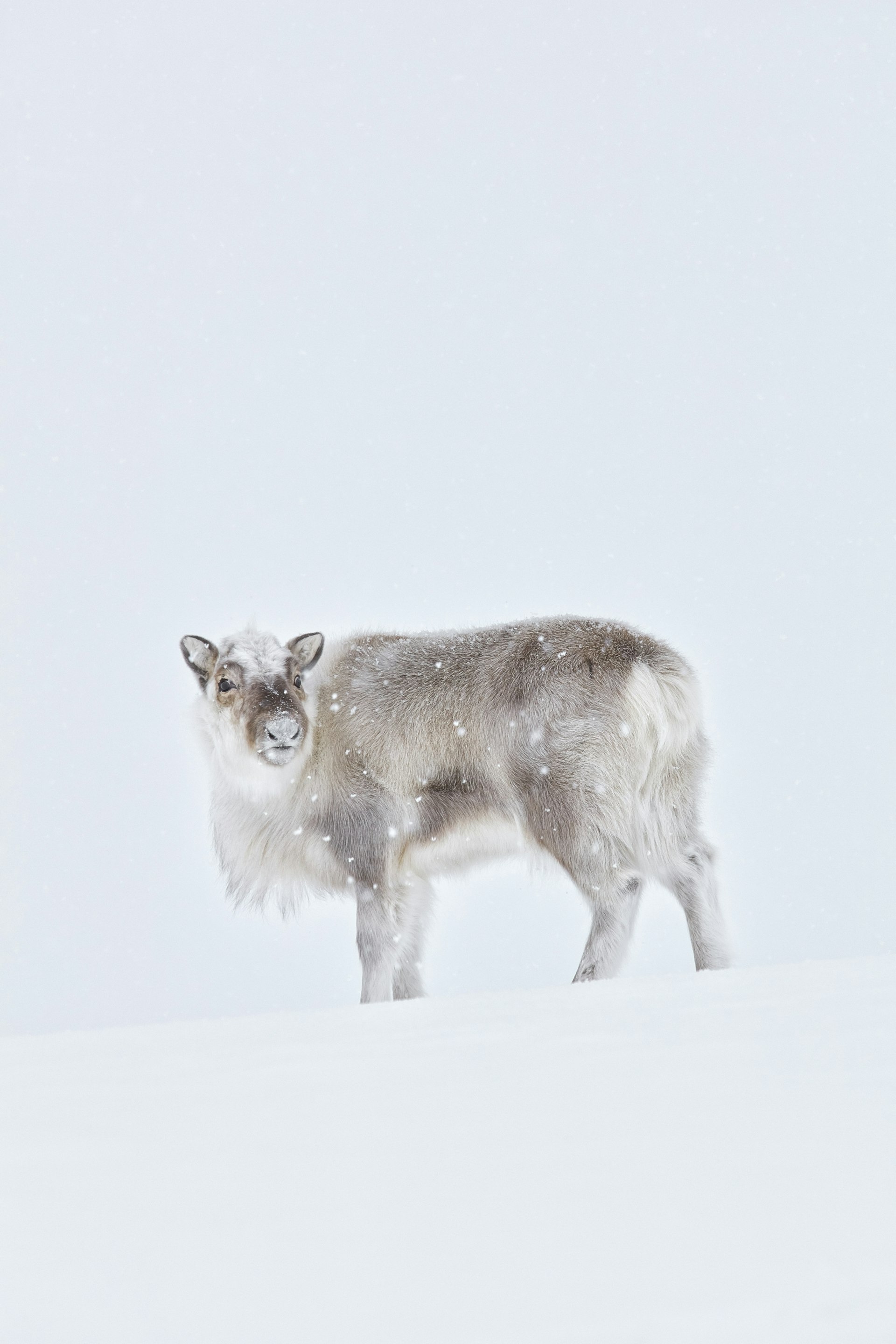
Climbing through a moraine to the top of Rabotbreen glacier, we skittle across ice blushed pink and yellow by the sun and around blocks of turquoise ice as big as houses, their surface as smooth to the touch as sculpted marble. Suspended within are tiny rocks and air bubbles, souvenirs from the last Ice Age. At the frozen sea of Mohnbukta, the blue edge of the glacier rises six stories, its surface scored black and white.
"This was a popular place for the trappers," says Nils, rifle slung around his shoulder, alert to the possibility of a polar bear crouched behind a boulder, marking us out as lunch. "The bears seem to like it here a lot."
There are none today, which is fortunate given the spellbinding distractions of the landscape. In her diaries, Christiane wrote of "Spitsbergen mania" – the creeping ability the islands have to hold you in their grasp until you are no longer capable of leaving. On days like today, the mania rises with every mile traveled. Like Christiane, Nils has been entirely caught by it.
"I’ve been here for two years, so I’m stuck now. I can’t imagine going back to the mainland," he says, pulling on his helmet and tearing off across the ice once more.
On the other side of the island, a three-hour journey by snowmobile, lies the cabin of a fur-trapper who had such a bad case of Spitsbergen mania, he spent 38 winters in it. Hilmar Nøis built his first hut in 1912, and shortly after brought his wife Ellen Dorthe over from Norway.
"Maybe he was big-mouthed about the living conditions here," says Nils. "He described this place as a villa to her."

It is little more than a very drafty shed, sitting on the banks of a wide fjord. Here, in the middle of winter, alone and in the dark, Ellen gave birth to their child. Hilmar had set off on skis for Longyearbyen to fetch a doctor to help her through labor.
"Because of the bad weather," says Nils, "it took three weeks to get back." As soon as the ice had cleared sufficiently to allow a boat through, Ellen left for Norway and never came back.
"Perhaps in centuries to come men will go to the Arctic as in biblical times they withdrew to the desert, to find the truth again."
-Christiane Ritter, A Woman in the Polar Night (1938)
By the time Hilmar and Christiane eventually left, the golden age of the fur-trappers, and the tales of adventure and derring-do that accompanied them, was all but over. A new wave of pioneers had come to take their place, and their interest in Svalbard lay buried deep within its mountains.
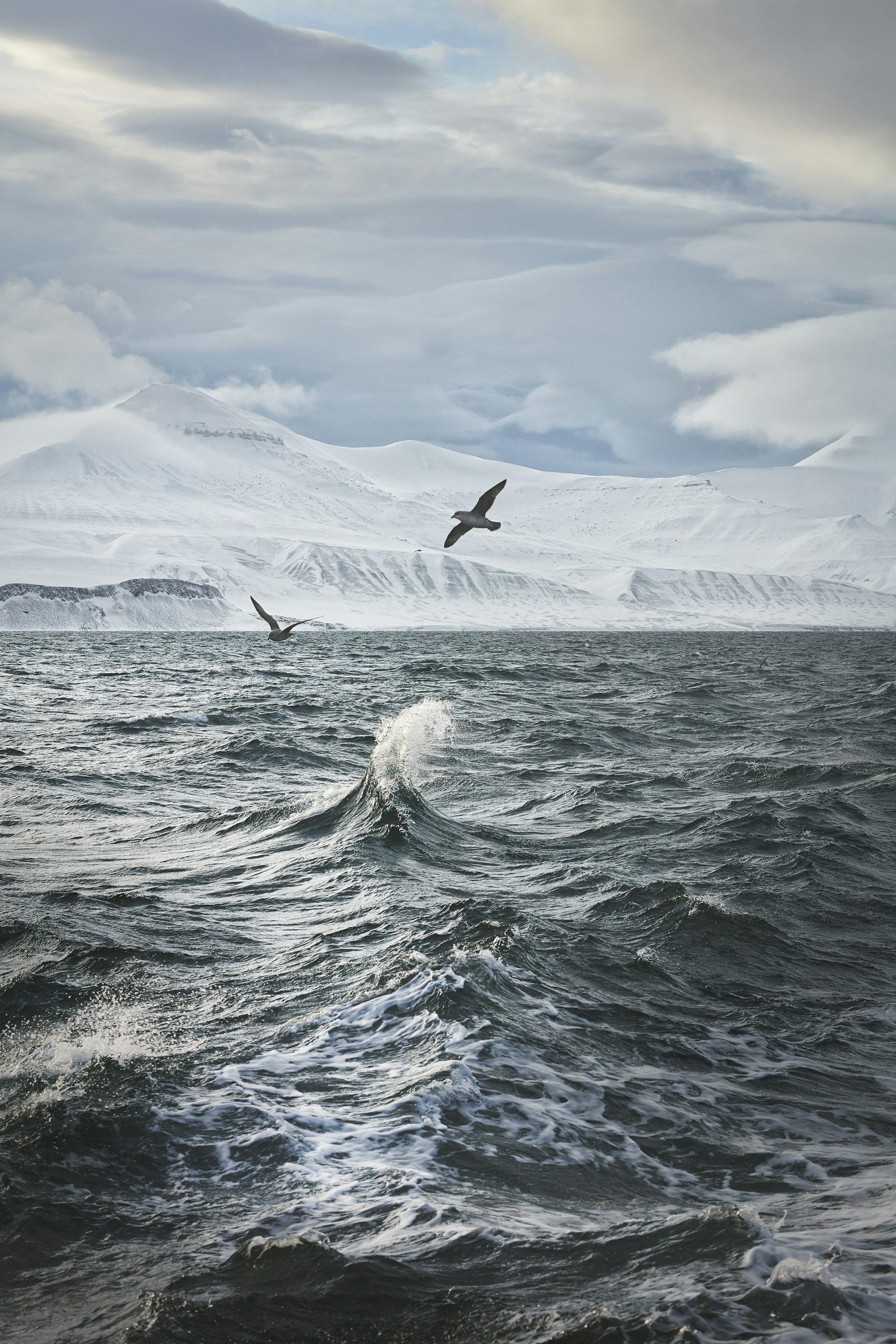
The Russian mining town of Pyramiden was settled a year after Christiane sailed back to Germany. A hefty old trawler now takes people from Longyearbyen, lurching across the tempestuous seas of Isfjorden before chugging into the spectrally calm water of Billefjorden bay. Fulmars and guillemots, species of Arctic birds, trail behind the boat, and walrus as well as ringed and bearded seals plop from drift ice into the water on our approach, round heads observing as we pass.
After several hours, Pyramiden hones into view, the conveyor belts that took equipment and workers up to the mine, and coal back down from it, rising up above a town of solid brick apartments and factories. The ship judders to a halt against the pack ice.
"Welcome to Russia!" shouts a guide standing on it below. Ladders are lowered and passengers clamber overboard to join him.
The Russians ran their community here for over 60 years, before packing up and abruptly leaving in a single day in October 1998.
‘This is an abandoned city, a Soviet ghost town,’ says Kristin Jæger Wexsahl, resplendent in goatskin trousers, as we wade through streets thigh-deep in snow. Kristin has been leading tours here since 2009 – another arrival to Svalbard who planned a short stay but found she couldn’t leave.
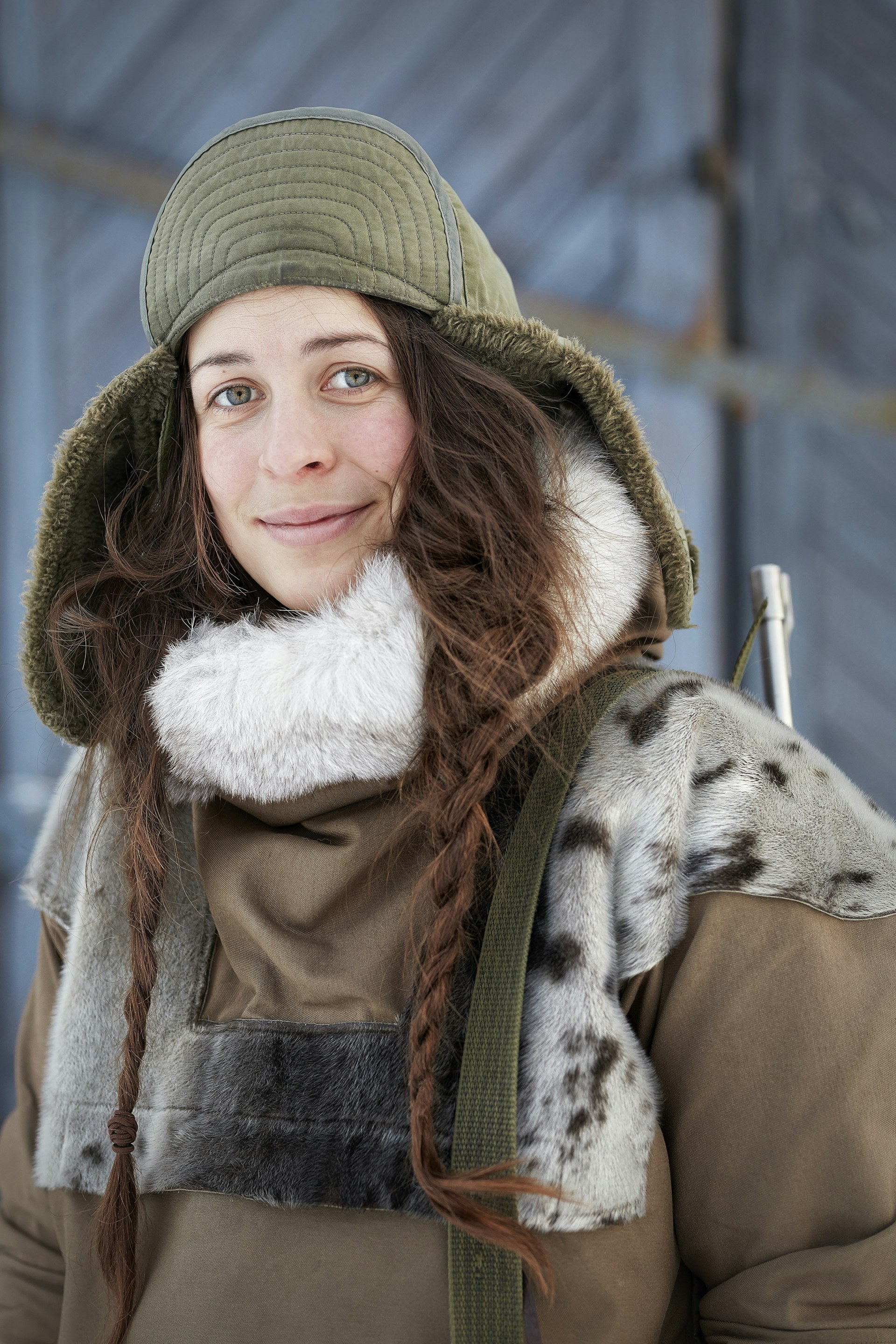
In its heyday, Pyramiden was home to 1,800 people from the USSR.
"It was easy to annex parts of Svalbard then," says Kristin, "And the Russians wanted to present Pyramiden as the ideal lifestyle to the Western world."
They built a library, kindergarten, sports complex, hotel, playground and canteen, and brought with them pigs, cows and chickens, and fertile soil from Ukraine. It’s a Soviet utopia transplanted to the Arctic.
"It was harder for a single trapper to keep himself supplied over the winter than to keep this whole town supplied," says Kristin.
There are no residents here now, bar Arctic fox and polar bear, and the kittiwakes that nest on the window ledges of the old dormitory blocks. It is otherwise frozen in time. On the main street, the world’s northernmost statue of Lenin still gazes down to the harbor.
Children’s paintings hang in the cultural center, next to posters of triumphant soldiers, rifles raised ready to rush an invisible enemy. A grand piano hulks on the stage in the concert hall, its notes, still in tune, ringing out to empty seats in the auditorium. Basketballs lie on a deserted court, waiting for a game that will never start.
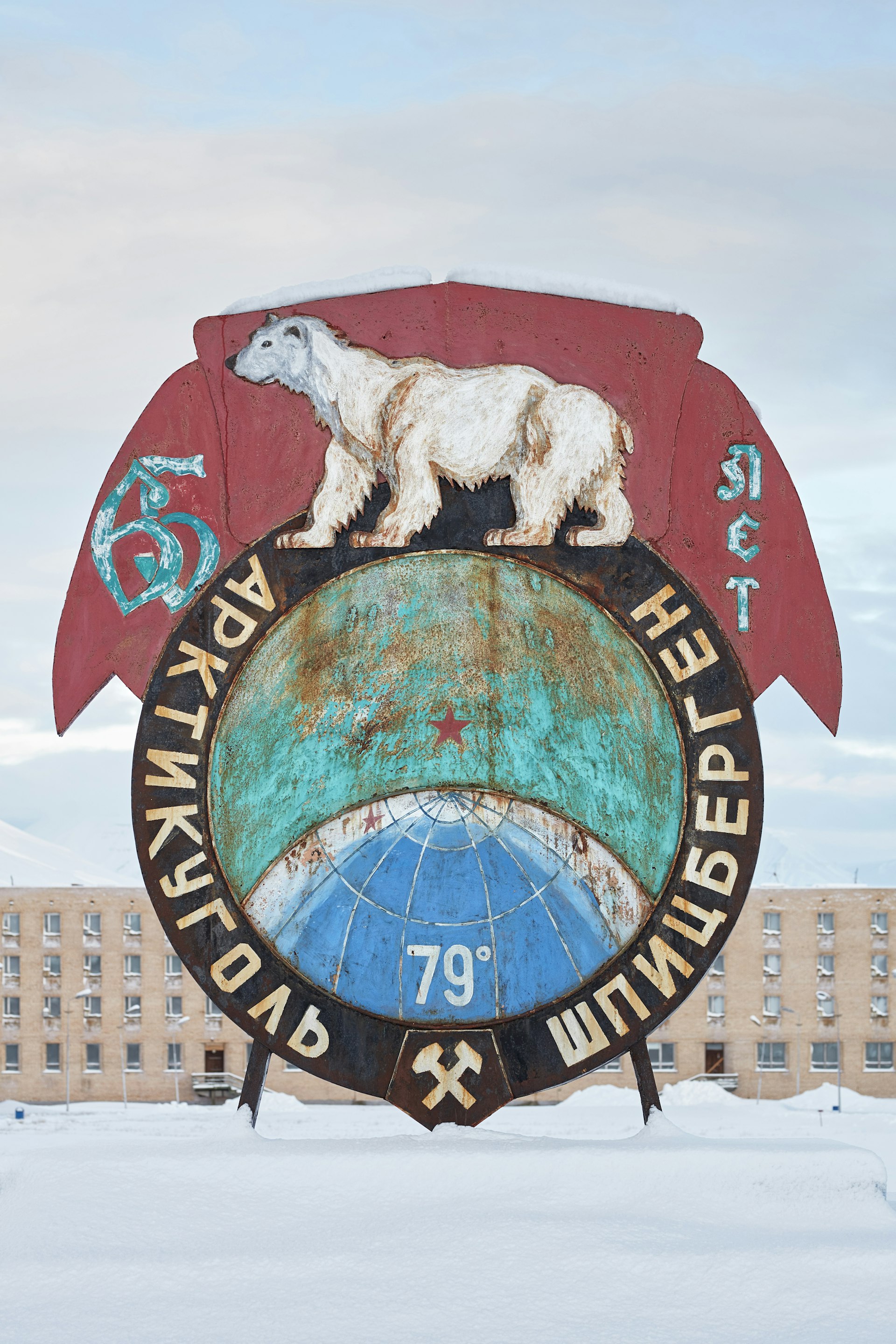
"If you came to Svalbard as a miner, you got a good salary, better than in Russia," says Kristin, padlocking the doors to the center as we traipse outside. "And everything was free. You can’t imagine living in a city in Siberia and having a heated swimming pool and ballet lessons for the kids. If you were here, you had a good life."
As we pick our way back to the boat, Kristin points towards the mountains, in the direction of a trapper’s cabin that’s still occupied. Svalbard’s longest-term trapper, Harald Solheim, has spent the last 40 winters there, in the shadow of this strange Russian metropolis. I imagine him alone in his hut with the night kept at bay by candlelight alone, and, just a few miles away, a one-time community of men, women and children, with electric light and limitless vodka at mealtimes and free cinema in the evenings.
Standing on deck, on the return to Longyearbyen, we watch as the ghost town recedes. Other relics drift past of adventurous lives played out on this island far from home: the bones of a wooden boat long abandoned on the shore, a hillside cabin uninhabited for decades, and the last resting place of Hansine Furfjord, who fell ill and died one Christmas over a century ago and was buried in the icy ground by her husband. The black cross he planted to mark her grave remains visible some time after we pass, then is lost from sight in a fresh flurry of snow.
You might also like:
Where worlds collide
The lost stories of Damascus
Inside North Korea with Miss Kim
Get more travel inspiration, tips and exclusive offers sent straight to your inbox with our weekly newsletter.
